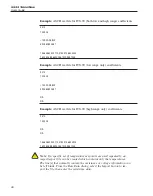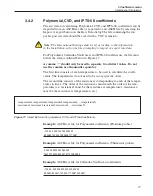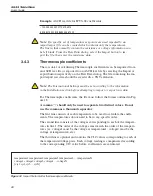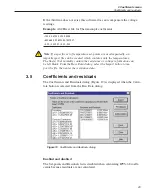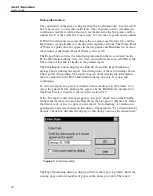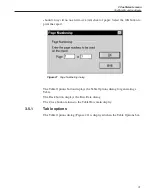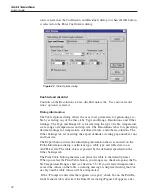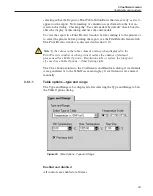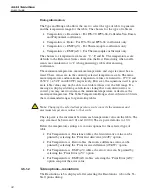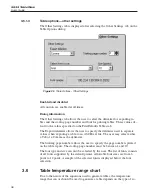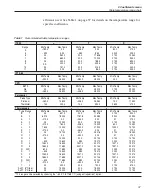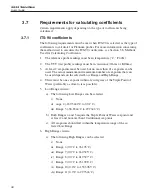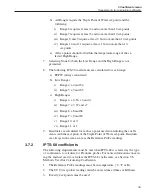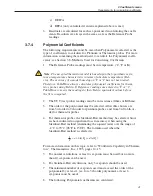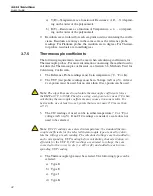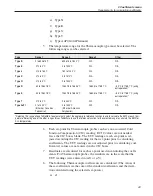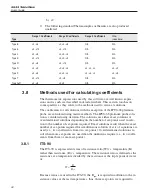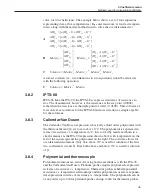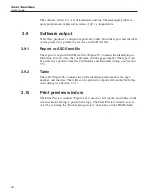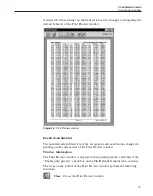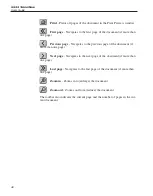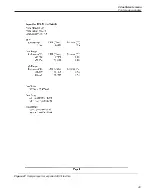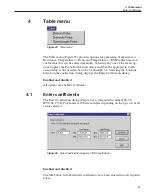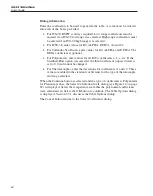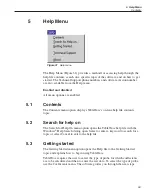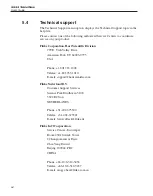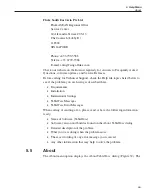
a) One set-point must be within a few degrees of 0°C (32°F or
273.15K) (preferably as close to 0°C as possible).
b) One set-point must be below 0°C.
c) Two set-points must be above 0°C.
4.
The following IPTS-68 coefficients are always calculated:
a) R0
b) ALPHA
c) DELTA
d) a4
e) c4
5.
Residuals are not calculated when calculating IPTS-68 coefficients.
3.7.3
Callendar-Van Dusen coefficients
The following requirements must be met when Callendar-Van Dusen is selected
as the type of coefficients to calculate for Platinum probes. For more informa-
tion concerning the method used to calculate the Callendar-Van Dusen coeffi-
cients, see Section 3.8, Methods Used for Calculating Coefficients.
1.
The Reference Probe readings must be in temperature (°C, °F or K).
2.
The UUT (test probe) readings must be in resistance (Ohms or KOhms).
3.
At least 3 set-points must be used but no more than 10 set-points can be
used. If any one of the set-points is below 0°C (32°F or 273.15K), at
least 4 set-points must be used.
Note:
This software automatically determines if the BETA coefficient
needs to be calculated based on the following criteria:
•
The Reference reading closest to 0°C is
not used
to determine whether
BETA is calculated.
•
If
any
other Reference reading is below 0°C, BETA
will
be calculated.
•
Otherwise, BETA
will not
be calculated.
4.
One of the set-points used should be close to 0°C. This is not a require-
ment, however results of the calculations become less reliable when no
reading is near 0°C because the software must interpolate the reading at
0°C based on the readings provided.
5.
The following Callendar-Van Dusen coefficients are calculated:
a) R0
b) ALPHA
9933 TableWare
User’s Guide
40

